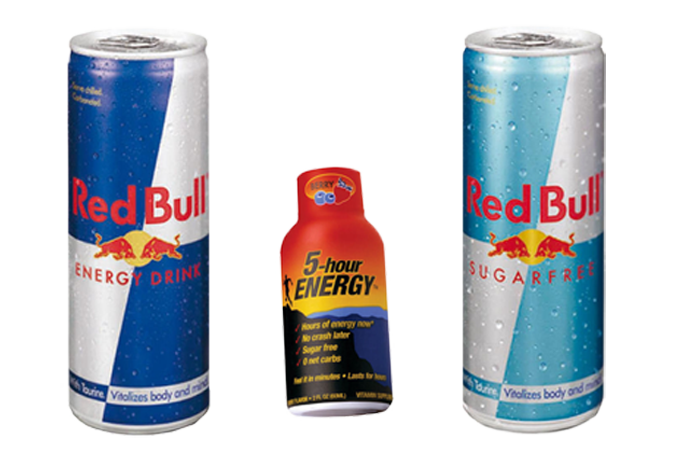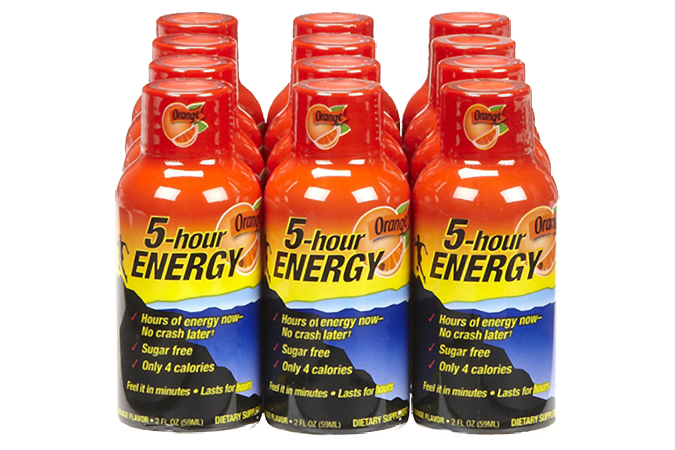Kids and Caffeine? Turn to Canada’s Guidelines
Remarkably, the U.S. government has no official guidelines for children’s caffeine consumption, but Canadian guidelines say:
Preschoolers should be limited to 45 mg of caffeine per day – about the amount of caffeine found in a 12-ounce (355-milliliter) can of Diet Coke or four small (1.5-ounce/43-gram) milk chocolate bars.
Health Canada also recommends:
For ages 12 and younger: no more than 2.5 milligrams per kilogram of body weight, per day. Or, based on average body weights, no more than these caffeine amounts:
- Ages 4-6: 45 mg
- Ages 7-9: 62.5 mg
- Ages 10-12: 85 mg





